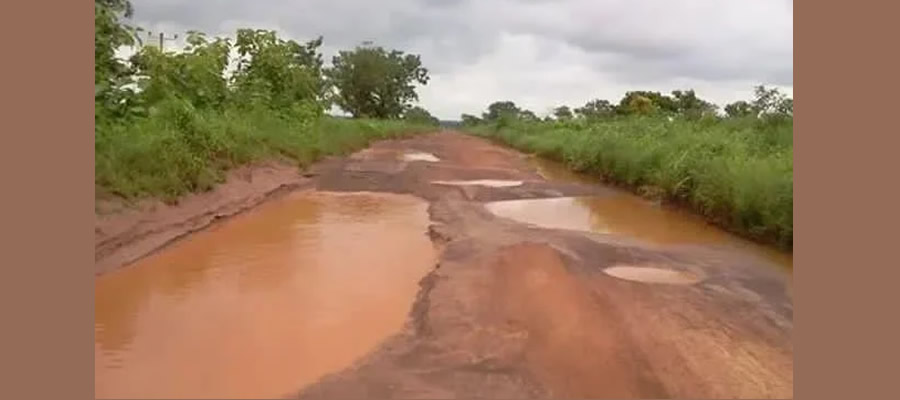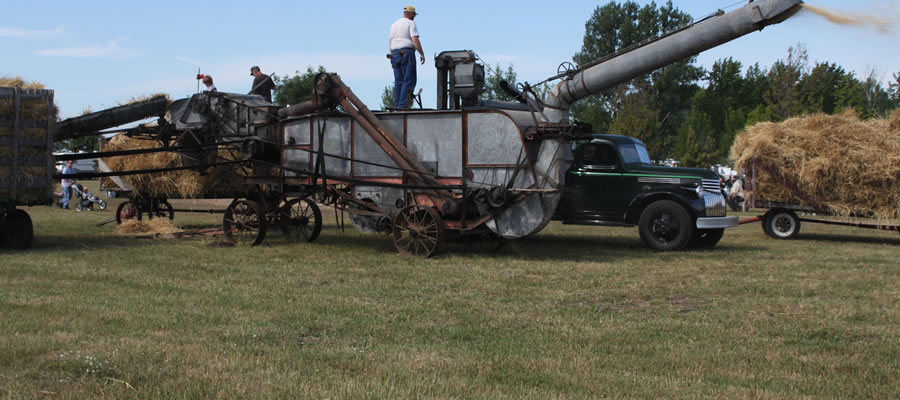

The provision of water and sanitation facilities play major role in the socio-economic and physical wellbeing of its beneficiaries. As a result, the infrastructural base, as well as the level of coverage of water and sanitation facilities currently in the Sissala East Municipal has been presented in the sub-sections below; Water.
There are four (4) main sources of water in the Sissala East Municipal. These are the small town water system serving Tumu, and its environs, boreholes, hand-dug wells fitted with pumps and dams. In terms of number there are 88 boreholes located in 39 communities, 3 hard-dug wells and 10 dams. The details of communities and type of water facilities available and their conditions are presented in Tables 1.19, 1.20 and 1.21.
From the tables above, it can be indicated that 40 communities out of the total of 65 in the Sissala East Muncipal are provided with at least one of the water source afore-mentioned. This represents 62% of the communities. In terms of population served, the distribution covers over 70% of the population.
It must however be noted that two of the .pumps serving the Tumu township are currently out of order leading to lack of water in greater parts of the various suburbs. Again, some of the boreholes and hand-dug wells dry up during the dry seasons while others are broken down. This is due to low water tables as well as lack of regular maintenance of the facilities. Frantic efforts are being made by the District Assembly with support from the development partners to restore these water infrastructural facilities and to expand the current coverage of water provision in the district
Sanitation
The sanitation concerns of the district, border on the provision of toilet facilities and the collection and management of refuse. In terms of the provision of toilet facilities, the major toilet facilities provided in the district are water closet, KVIP and pit latrines. While water closets are used mainly in government bungalows, KVIPs and pit latrines are provided at both community and institutional levels such as schools and health centres. Table 1.22 presents the type, number and conditions of toilet facilities available in the district.
Refuse collection and management
There two methods of refuse collection and management in the district. These are the use of refuse containers and open dumping. Presently, there are five (5) refuse containers and six (6) refuse dumping grounds. All these are located at Tumu, the district capital. It must however be noted that these refuse containers are located at the approved dumping areas. The dumping grounds and the number of refuse containers available are presented in Table 1.23.
Date Created : 11/17/2017 2:23:10 AM













 facebook
facebook
 twitter
twitter
 Youtube
Youtube
 +233 593 831 280
+233 593 831 280 0800 430 430
0800 430 430 GPS: GE-231-4383
GPS: GE-231-4383 info@ghanadistricts.com
info@ghanadistricts.com Box GP1044, Accra, Ghana
Box GP1044, Accra, Ghana